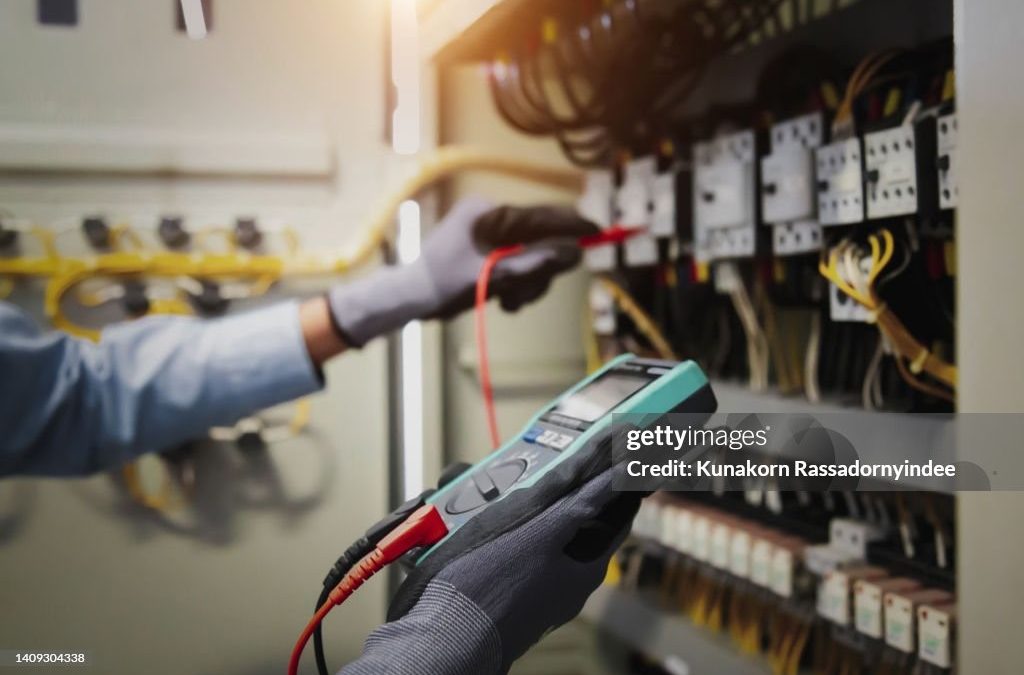Balancing electrical loads is an essential aspect of managing any home’s electrical system. A balanced electrical load helps prevent damage to electrical components and circuits. It helps prevent electrical fires. In this article, we discuss the basics of balancing electrical loads in a home’s electrical system.
Why Balancing Is Crucial
When overloading a circuit, the breaker trips to prevent damage that can cause problems for homeowners. By balancing electrical loads, electricians distribute the circuits evenly, ensuring the load or power draw is roughly the same on both sides.
When significantly more power is drawn on one side of the panel than the other, the electrical load becomes unbalanced. If you don’t resolve this as soon as possible, your electrical components can overheat and your panel can overload.
Factors to Consider
Electricians consider the amperage rating of circuit breakers and the type of electrical equipment served by the circuits while balancing the loads in the service panel. Appliances such as refrigerators, washing machines, and air conditioners require more power.
On the other hand, devices like fans and lights may have a relatively consistent power draw and are used only during specific times of the day.
Circuit breakers have an amperage rating that indicates the maximum load that the circuit can handle before the breaker trips and shuts off.
For service panels, the amperage rating is the primary factor used to balance the loads.
- Single-pole breakers are typically rated for 15 or 20 amps.
- Double-pole breakers usually range from 20 to 50 amps or more.
How to Balance Electrical Loads
To balance electrical loads, electricians divide the circuits evenly between the two bus bars. For instance, they would place circuits with a high-power draw on one side of the panel and those with a relatively consistent power draw on the other side.
When circuits are balanced, the amperage of the two circuits cancels out each other on the utility service neutral, resulting in minimal current on the neutral.
Things to Remember
Balancing electrical loads is crucial for safe and efficient electrical operation in a home. It requires precisely distributing the circuits evenly between the two bus bars in the service panel. Regular maintenance of your electrical system and avoiding overloading circuits can ensure efficient power distribution and prevent power outages.
If necessary, engage qualified Gainesville electricians during installation or remodeling to ensure your electrical loads are balanced properly. For more information, please contact Vintage Electric in Gainesville, Florida.


Recent Comments